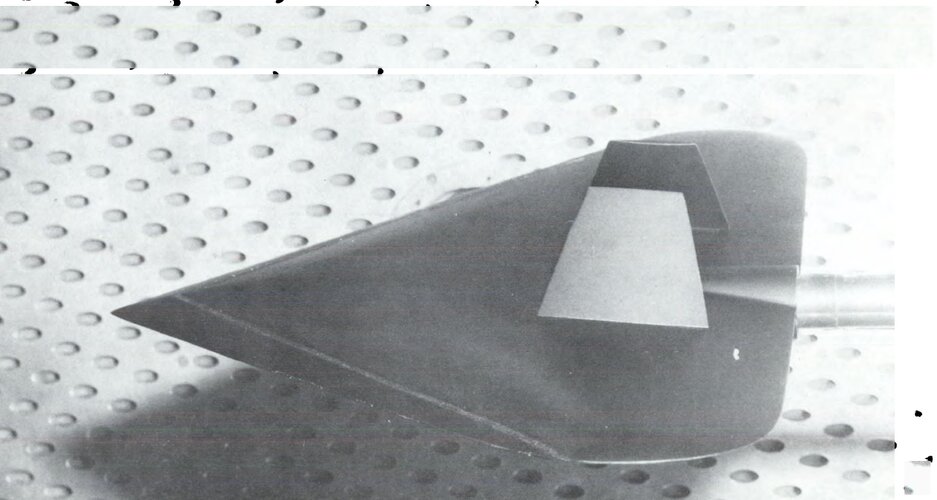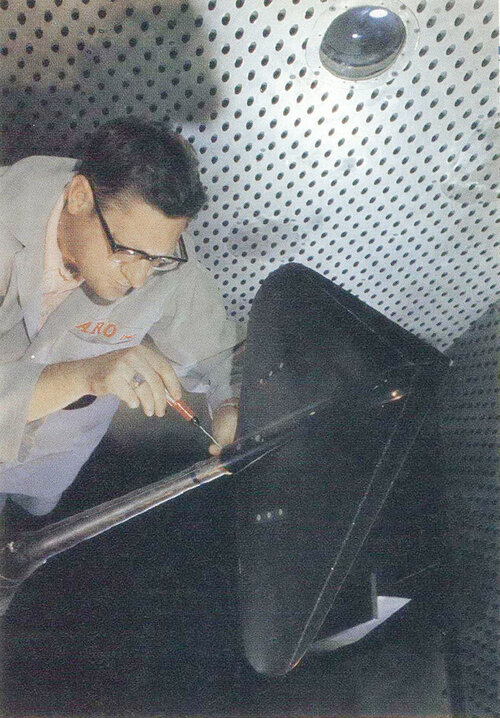I wanted to see if anybody had more information about the "Tactical High Altitude Penetrator" sketch that's been in the public view for several years. The earliest reference to it that I can find comes from Bill Sweetman's 1986 book "Stealth Aircraft." It's attributed to the USAF Aeronautical Systems Division c. 1980.
If THAP is an internal USAF design study, I would suspect that it was generated by people who were not aware of SENIOR TREND or any of the other active stealth programs during the time of the study.
If THAP is an internal USAF design study, I would suspect that it was generated by people who were not aware of SENIOR TREND or any of the other active stealth programs during the time of the study.











